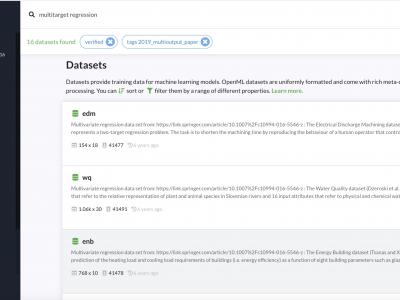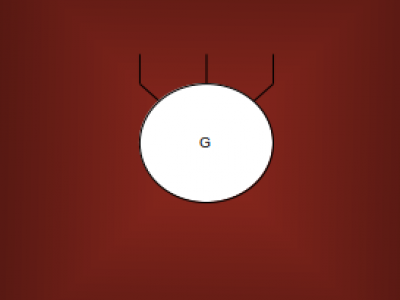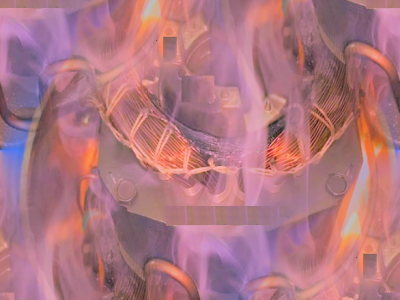Machine Learning
you can download these datasets from OpenML: https://www.openml.org/search?type=data&status=active&tags.tag=2019_mult...
- Categories:
 159 Views
159 Views
Liver cancer treatment, especially for metastatic cases, poses significant challenges in accurately targeting tumours while sparing healthy tissue. Radioembolisation with yttrium-90 (Y-90) microspheres is a promising technique, but precise imaging of microsphere distribution is crucial. This study utilises T-PEPT, a novel Positron Emission Particle Tracking (PEPT) algorithm that combines topological data analysis with machine learning to identify Y-90 microsphere clusters in a digital twin of a patient's liver.
- Categories:
 140 Views
140 Views
This dataset webpage contains datasets of exisiting and proposed models:
- centrifugalpump1.zip
- centrifugalpump2.zip
- centrifugalpump3.zip
B Model of Fault And Short-Circuit Analysis of Centrifugal Pump
presented in my last Speaker Presentation in Conference - 2025*.
- Categories:
 398 Views
398 ViewsThe Unified Multimodal Network Intrusion Detection System (UM-NIDS) dataset is a comprehensive, standardized dataset that integrates network flow data, packet payload information, and contextual features, making it highly suitable for machine learning-based intrusion detection models. This dataset addresses key limitations in existing NIDS datasets, such as inconsistent feature sets and the lack of payload or time-window-based contextual features.
- Categories:
 2386 Views
2386 Views
We collected programming problems and their solutions from previous studies. After applying some pre-processing steps, we queried advanced LLMs, such as GPT4, with the collected problems to produce machine-generated codes, while the original solutions were labeled as human-written codes. Finally, the entire collected dataset was divided into training, validation, and test sets, ensuring that there is no overlap among these sets, meaning no solutions in two different sets that solve the same programming problem.
- Categories:
 41 Views
41 Views
The dataset consists of uplink channel gains, downlink channel gains and uplink to downlink channel gains along with corresponding power allocations for uplink users and downlink users across all subcarriers. Additionally, it consists of NOMA decoding order for successful implementation of SIC at NOMA receiver. The number of UL users and DL users are considered as N=M=6, and subcarriers are S=9. Each column in the dataset is a sample for fading channel realization and it should be converted back to the matrix to compute sumrate.
- Categories:
 200 Views
200 Views




